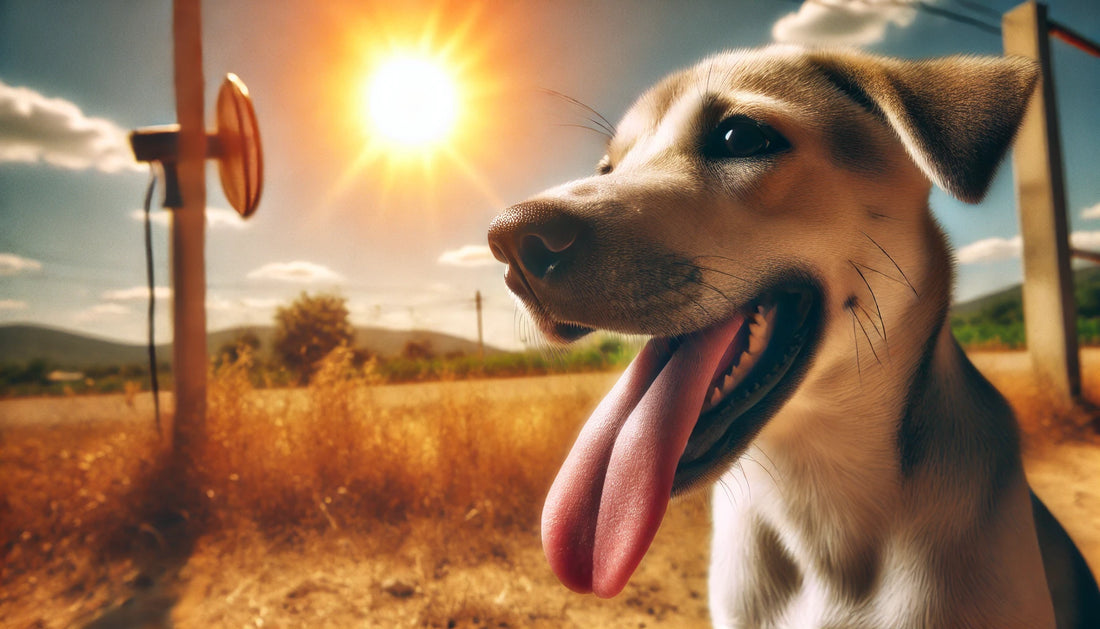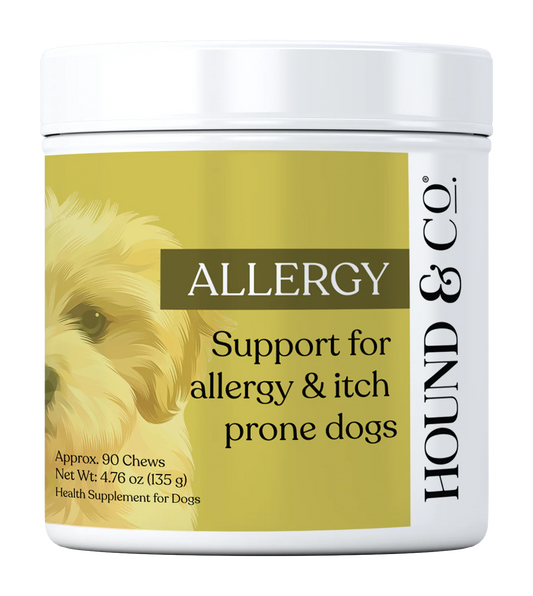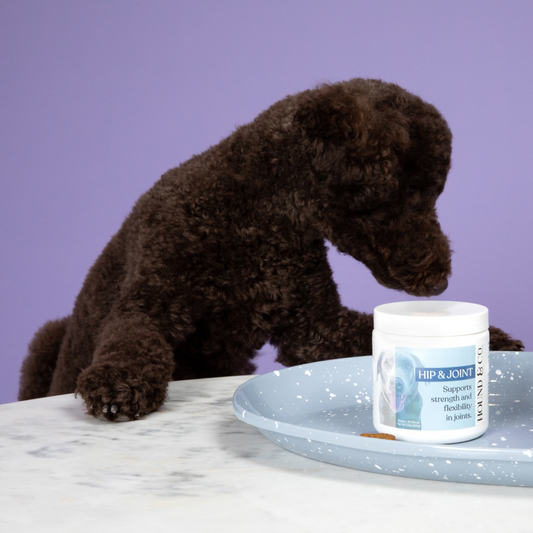Recognizing and Preventing Heatstroke in Dogs

Vet Reviewed by Dr. Jacob Klos, DVM

As temperatures rise, the risk of heatstroke in dogs increases. Heatstroke is a serious condition that can lead to severe health issues and even death if not promptly addressed. Understanding the signs of heatstroke and knowing how to prevent it can help keep your dog safe and healthy during the hot summer months.
What is Heatstroke?
Heatstroke occurs when a dog’s body temperature rises to a dangerous level (above 103°F or 39.4°C) due to prolonged exposure to high temperatures, excessive exercise, or inadequate cooling mechanisms. Unlike humans, dogs do not sweat efficiently and primarily rely on panting to regulate their body temperature.
Signs of Heatstroke in Dogs
Recognizing the early signs of heatstroke can save your dog's life. Symptoms to watch for include:
- Excessive panting or difficulty breathing
- Increased heart rate
- Drooling or salivating excessively
- Weakness or fatigue
- Staggering or lack of coordination
- Vomiting or diarrhea
- Bright red or pale gums
- Collapse or loss of consciousness
Preventing Heatstroke
1. Provide Plenty of Water
Ensure your dog has access to fresh, clean water at all times. During hot weather, bring extra water and a portable bowl when you go out.
2. Avoid Peak Heat Hours
Avoid walking or exercising your dog during the hottest part of the day, typically between 10 AM and 4 PM. Opt for early morning or late evening walks when temperatures are cooler.
3. Create a Cool Environment
Provide a shaded area for your dog to rest in if they are outside. Use fans, cooling mats, or air conditioning indoors to keep the temperature comfortable.
4. Never Leave Your Dog in a Parked Car
Even with the windows cracked, the temperature inside a parked car can quickly become dangerously high. Never leave your dog unattended in a vehicle.
5. Use Cooling Products
Consider using products designed to keep your dog cool, such as cooling vests, bandanas, and mats. These can help regulate your dog's body temperature during outdoor activities.
6. Monitor Exercise Intensity
Limit the intensity and duration of your dog's exercise during hot weather. Provide frequent breaks and monitor them closely for signs of overheating.
Emergency Response to Heatstroke
If you suspect your dog is suffering from heatstroke, take immediate action:
- Move your dog to a cooler area, preferably indoors.
- Offer small amounts of cool (not cold) water for your dog to drink.
- Use cool, wet towels or a gentle stream of cool water to lower their body temperature. Focus on their neck, armpits, and groin area.
- Do not use ice or very cold water, as this can cause shock.
- Seek veterinary care immediately, even if your dog appears to recover.
Conclusion
Heatstroke is a preventable but potentially fatal condition. By recognizing the signs of heatstroke and taking proactive measures to keep your dog cool, you can ensure a safe and enjoyable summer for your furry friend. Always provide plenty of water, avoid peak heat hours, create a cool environment, and never leave your dog in a parked car. If you suspect heatstroke, act quickly and seek veterinary assistance immediately.









